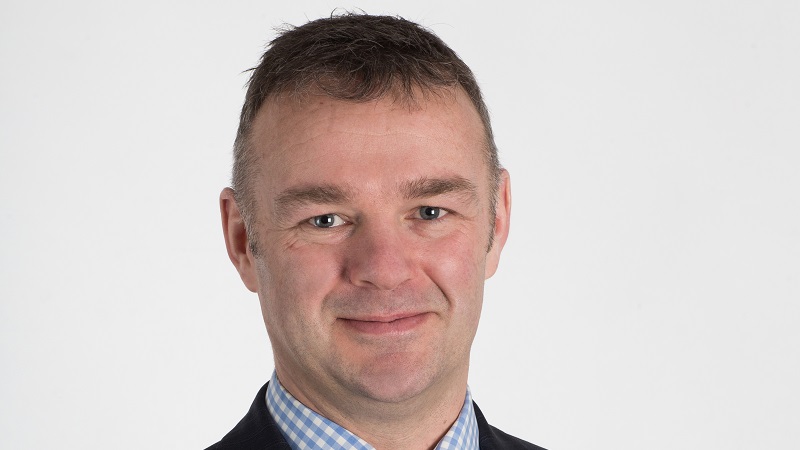Assets in the MI Chelverton European Select fund have ballooned eightfold in just two weeks after the fund passed its three-year milestone.
The fund’s AUM jumped from £5m on 30 March to £41m on 15 April shortly after marking three years since its launch on 6 March 2018.
Three years is often seen as the minimum track record for a fund to garner the attention of fund buyers and 3.4 years was the average holding period for investors in open-ended funds in 2019, according to the Investment Association.
The fund, run by Gareth Rudd and Dale Robertson, is top quartile over one and three years, returning 62.5% and 42.5%, respectively, versus the IA Europe ex UK sector average of 42.3% and 29%, according to FE Fundinfo.
On a one-year performance view, the fund is ranked fifth out of the sector’s 107 funds and 19th position over three years.
MI Chelverton European Select versus sector
| 1m | 3m | 6m | 1yr | 3yr | |
| MI Chelverton European Select B Acc in GB | 7.06 | 9.75 | 31.41 | 62.52 | 42.49 |
| IA Europe Excluding UK TR in GB | 5.37 | 5.88 | 16.18 | 42.32 | 29.08 |
| Quartile ranking | 1 | 1 | 1 | 1 |
Source: FE Fundinfo
Speaking to Portfolio Adviser, Robertson said: “What gets you on people’s radars is a combination of performance and reaching the three-year anniversary. There are people looking to rebalance into managers who have a valuation discipline.”
Small cap exposure drives performance
The fund returned 8.7% in Q1 compared with the sector average of 2.5%, according to Morningstar data. The main driver of performance over the quarter was the fund’s exposure to small and mid-cap companies delivering strong growth, rather than the widespread ownership of traditional value areas.
The duo’s approach is to identify companies that show cheap cash flows and better-than-average long-term growth.
Exposure to small caps in the portfolio increased from 35% to 50% during 2020, with 35% large cap and the rest mid cap.
Robertson said: “In Europe you are unlikely to find undiscovered, underappreciated growth in the large cap part of the world, so the biggest opportunity set for us we feel is in small cap.
“There is a structural reason for that, the ‘small cap effect’, which is that over the long term a good small company always outperforms a good large one and that’s just due to size; because they are smaller, they grow quicker.”
Small cap has also continued to benefit from the mispricing arising from Mifid II’s negative impact on research in the sector, said Robertson.
“The fact there’s no research is creating mispricing and in our way of thinking, mispricing is an opportunity,” he added.
Semiconductors and IT services
Exposure to the semiconductor sector helped performance during Q1, but Rudd and Robertson have been paring this back since the end of January – from 8% then to 3% now.
The managers also see opportunities in the “underappreciated” IT services sector, which accounts for 22% of the fund’s present value.
Robertson argues these companies are experiencing a structural tailwind because they are helping clients invest in and develop technology. It is a theme that has been exacerbated by Covid-19, but there are very few cheap ways of playing it globally, he said.
“There’s a whole debate about large company US tech being overvalued and it’s the same thing in Asia and even in Europe there are a few good large-cap tech companies but arguably the valuations are very stretched.
“What we’ve found here is that cluster of companies are in really good shape to take advantage of this digitalisation, they’re growing very healthily and they’re still cheap. And the reason they’re still here is because they’re so small, all these companies are sub-€500m market cap.”
Additions and subtractions from the portfolio
The duo increased the number of portfolio holdings over the quarter from 42 to 48 to expand the geographical reach of its IT services sector exposure.
They added Scandinavian Microsoft integrator Innofactor, Italian IT infrastructure provider Digital Value and German IT consultant All For One.
Four other stocks were added during the period. INIT, a German provider of technology solutions to the public transport sector; AMS, an Austrian sensor maker; Limes, an operator of mental health clinics across the Dach region; and Artefact, a French digital marketing agency.
Rudd and Robertson sold UBS Group, Barco, Nokian Renkaat and Heidelberg Cement, having considered that they had reached their valuation potential in the market rally.









